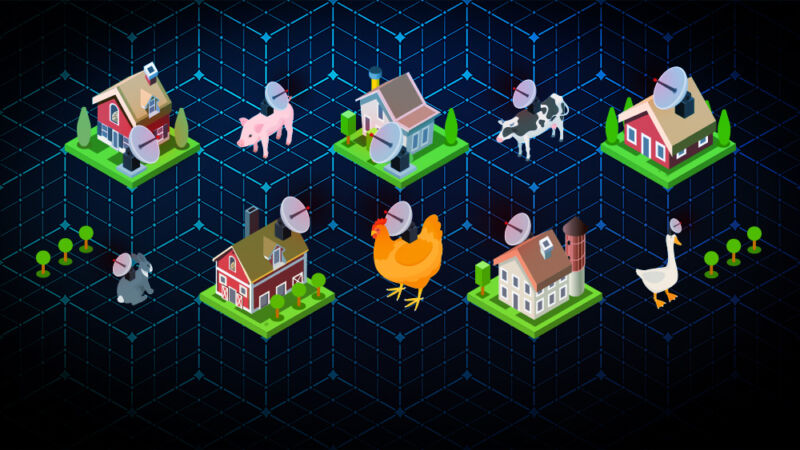5G in rural areas bridges a gap that 4G doesn’t, especially low- and mid-band

Enlarge / This might be the best listing image Aurich has ever created. The duck just kills me. Look at his little hat! (credit: Aurich Lawson / Getty Images)
In this third installment of our series explaining what we can expect from 5G, we're going to focus on how 5G deployment can impact rural and underserved areas.
A brief refresher: What is 5G?If you didn't read the first article in the series, you might need a refresher on what 5G actually is-and is not. The term "5G" itself doesn't refer to any particular frequency range; it just specifies the communications protocol being used-like 2G, 3G, and 4G before it. You may sometimes also see the term 5G NR, which simply means "fifth generation, new radio"-the two terms are interchangeable. Fortunately, and unlike earlier generations, there are no competing standards-5G is just 5G.

Common frequencies used by consumer-oriented wireless devices. Look at all that mmWave spectrum! (credit: Jim Salter)
With that said, much of what you've heard about 5G likely does refer to specific frequencies that it can operate at. There are three general bands allocated for 5G, which are further subdivided and leased to individual carriers. Those are the low, mid, and high bands. The low and mid bands are 600MHz-900MHz and 2.5GHz-4.2GHz, respectively. These bands share similar radio characteristics with existing 4G LTE low and high bands; taken together, you may also hear the pair of them referred to as "sub-6GHz" or "5G FR1."
Read 17 remaining paragraphs | Comments